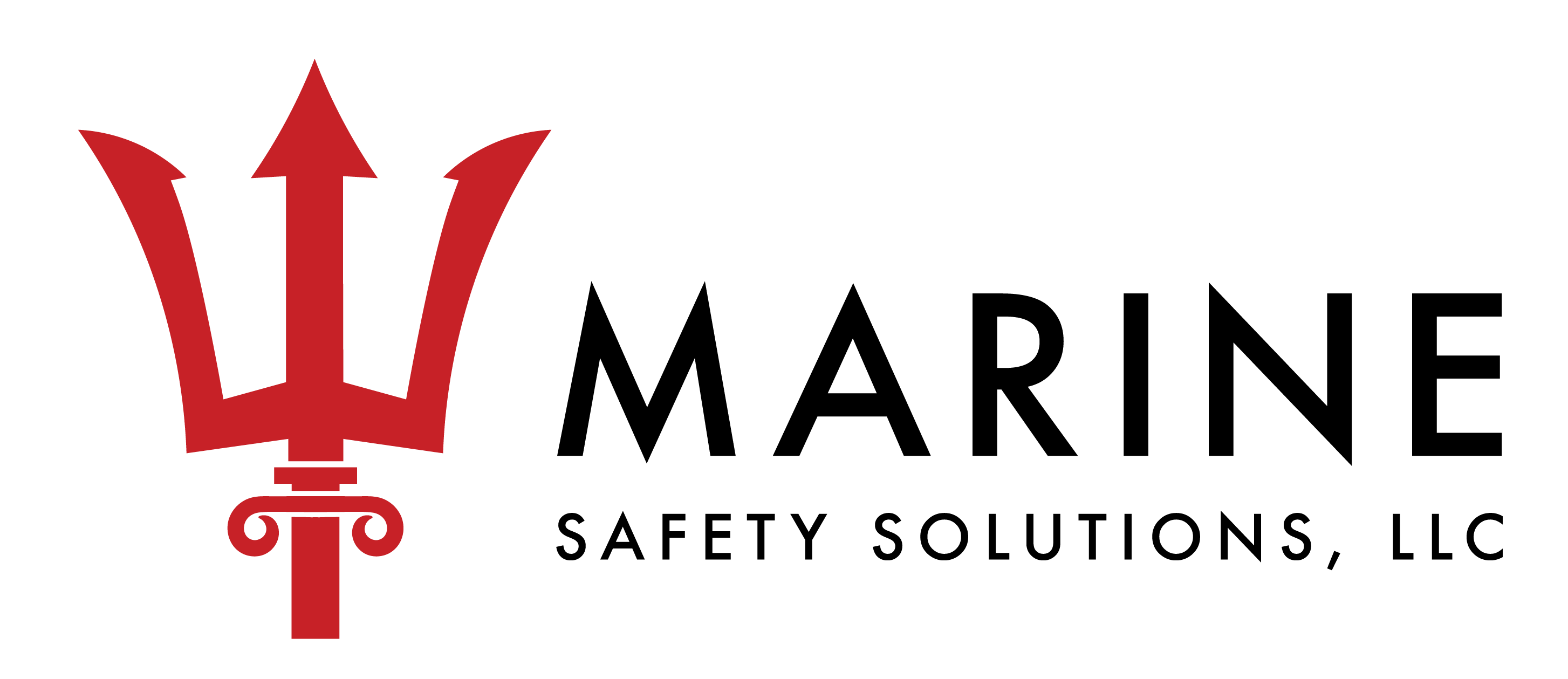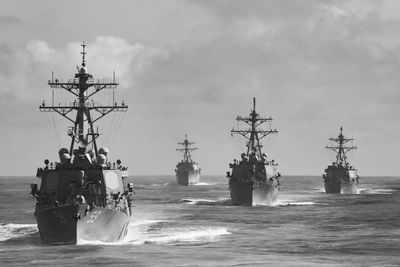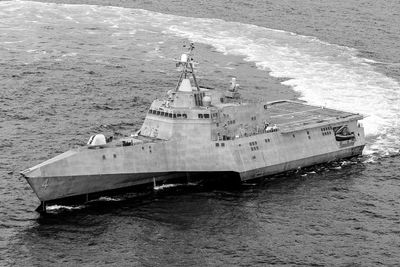
The USS CORONADO
January 7, 2022In Transit to Guam
While in transit to Guam, the USS CORONADO (LCS-4) was making its approach to a USNS Oiler refueling ship to refuel at sea. The ship had all four engines online going 15 to 20 knots. Over the engineering’s radio channel, we hear “major fuel leak off number 2 Main Propulsion Diesel Engine (MPDE)”. Then with bells ringing over the 1MC (ship’s announcement system) we hear “MAJOR FUEL OIL LEAK! MAJOR FUEL OIL LEAK! IN NUMBER 2 MAIN MACHINERY ROOM (MMR)”
I was in the oil lab getting ready to take fuel samples. Myself and three other engineers ran to the #2 MMR. When we get there, there was a ten-foot spray coming out of two of the four fuel filters. A Sailor was trying to drape / hold rags over the leak to deflect the fuel oil spray down and away from the equipment and personnel. Other watch standers were pulling out fire fighting hoses and spraying Acquis Fire-Fighting Foam (AFFF) on the fuel oil spray and into the bilge to cover the fire hazard.
This was in case a fire was to ignite, all the fuel in the bilge would have a vapor barrier and would not ignite also. The RCO was lighting off bilge sprinklers of AFFF and shutting down #2 MPDE to stop the fuel spray. Once the engine was shut down and the spray stopped, there was 100 gallons of fuel in the bilge and a quarter of the space was dripping with fuel oil. Multiple sailors were drenched in fuel oil.
There is still no standard tool or operating procedure for the case above and this is one of the reasons the RDI Shield was created.
~ Chief Hull Maintenance Technician (Retired) Trevor Terra


